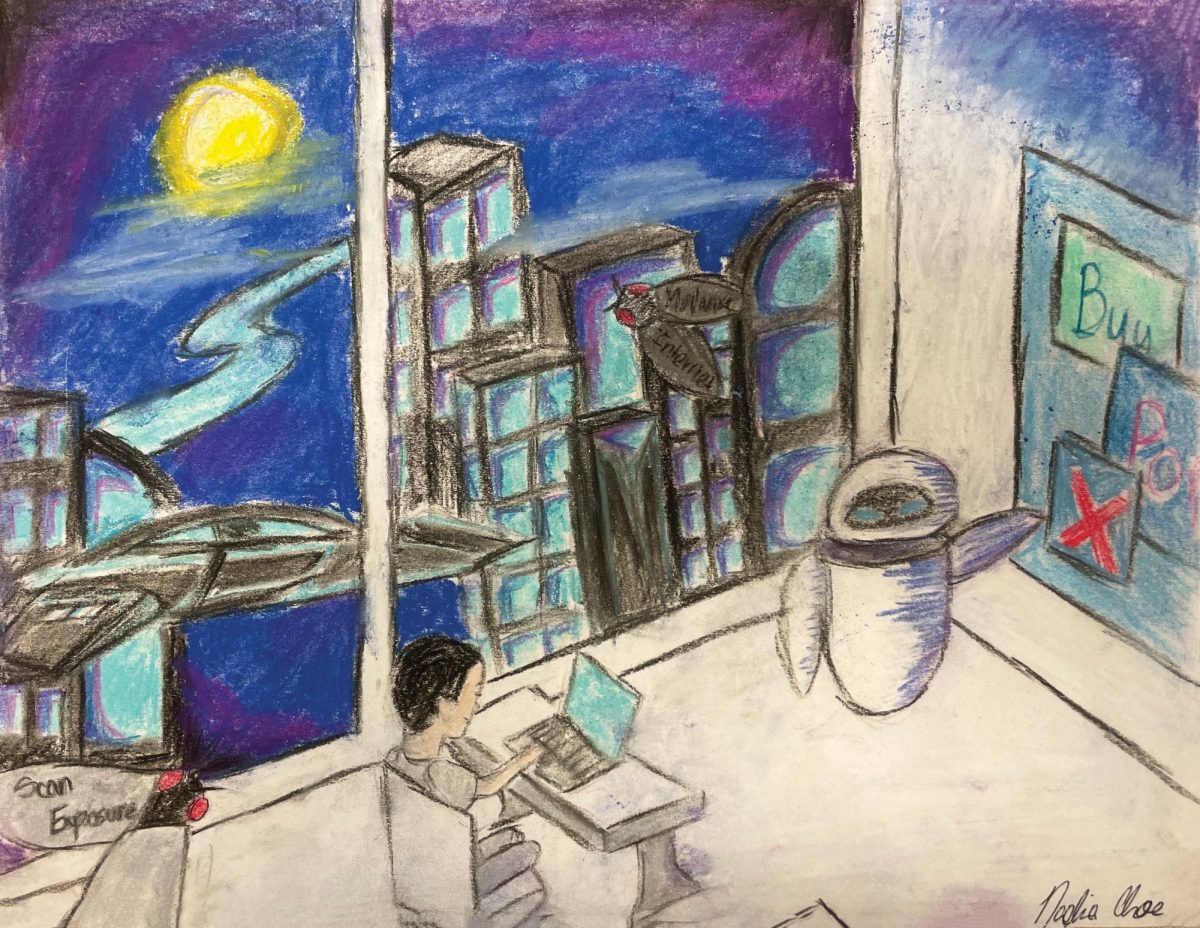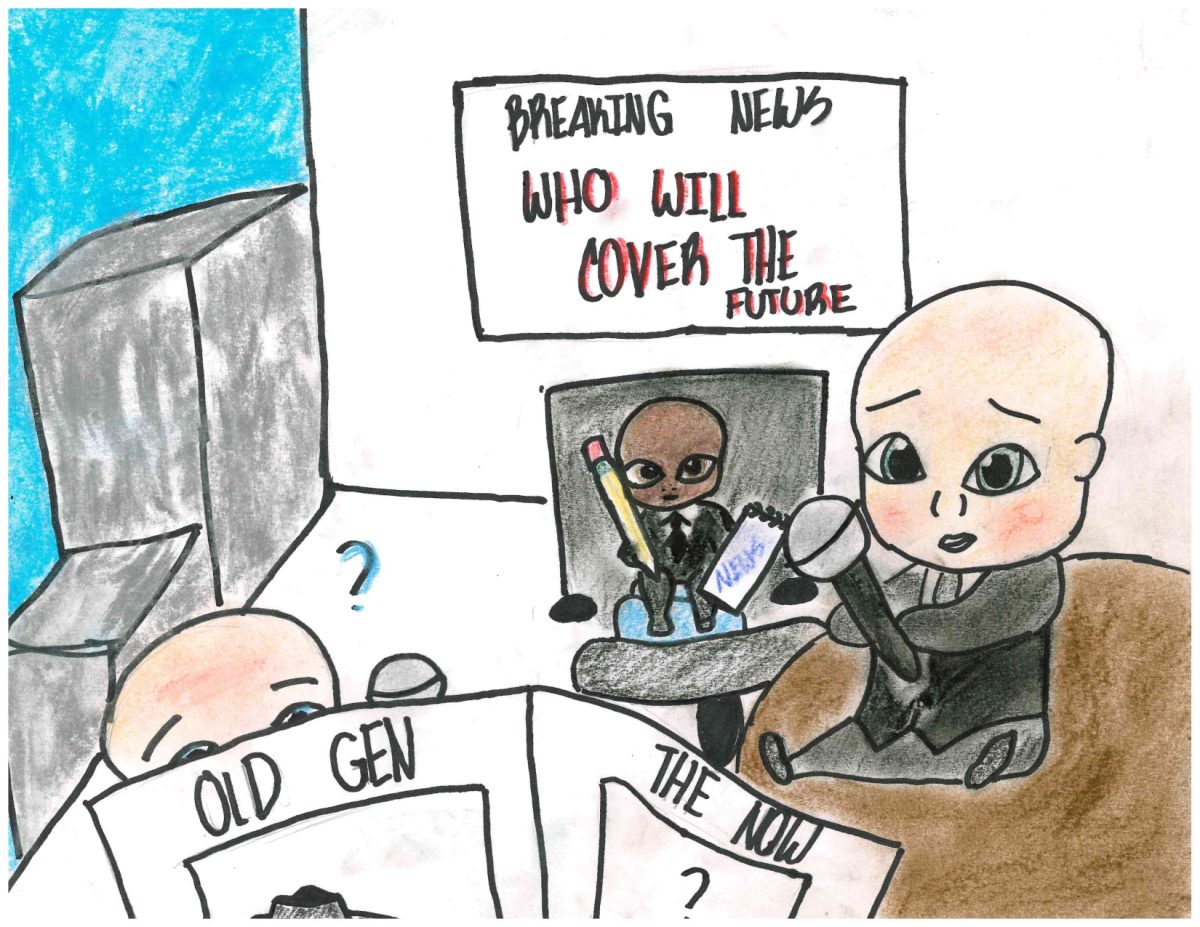In today’s society, technology has been used to improve nearly every area of life.
In particular, many educators have made use of technology to enhance their effectiveness in the classroom, in many different ways. But there’s one area that has, until now, remained resistant to digitization, and that’s standardized testing.
With the number of benefits to online standardized testing stacking up with each new technological advancement, the question of why standardized testing hasn’t gone digital becomes increasingly difficult to answer.
Firstly, perhaps the biggest benefit of moving testing online: reducing waste.
According to College Board, last year in the US alone more than 1.9 million students sat the SAT, each requiring a booklet to be printed specifically for them, along with scantrons, scratch paper and additional answer sheets.
If we consider that this is one of only what The Washington Post estimates to be 112 standardized tests the average American student takes K-12, this adds up to an enormous amount of paper waste that could be extremely damaging to the environment, and that’s not to mention the additional damage done by the deforestation required to produce so many paper materials.
If planned correctly, students could be given a laptop at the start of their K-12 journey which they then use for all standardized testing going forward.
This would lead to a massive reduction in waste produced by standardized testing, and would coincidentally solve the issue of lost booklets for students.
A further advantage to testing in this manner would be drastically reduced strain on both teachers and graders. As it stands, there are an enormous amount of teachers who give up their time to grade standardized tests, be they AP exams, SAT essays, or even just plain old finals.
Furthermore, many teachers are needed to proctor SATs, Keystones Exams, PSSAs, and many other types of tests, taking away from their time to work on projects within or outside of their jobs.
Moving testing online would solve this problem by merit of grading becoming dramatically easier should testing be done digitally. Students need only finish their exams, click “submit,” and their scores would almost instantly be calculated by computer algorithms designed specifically for the purpose of grading.
In addition, tests could be completed from locations outside of high schools, (provided testing is done using carefully managed software to avoid cheating, of course), removing the need for proctoring.
As it stands, many students may be unable to sit the SAT due to not being able to make it to the testing center, which may reduce their chances of continuing to higher education through no fault of their own.
Allowing these students to take tests under carefully monitored, tightly controlled conditions would increase fairness and allow for a broader, more diverse spectrum of college admittees.
Overall, standardized testing as it presents today is a relic of a bygone era.
Pro: It’s time to embrace digital testing
Moving standardized testing online would solve some of the most common complaints of both teachers and students, whilst also helping our planet.
0
More to Discover
About the Contributor

Sam Kennedy, News Editor








